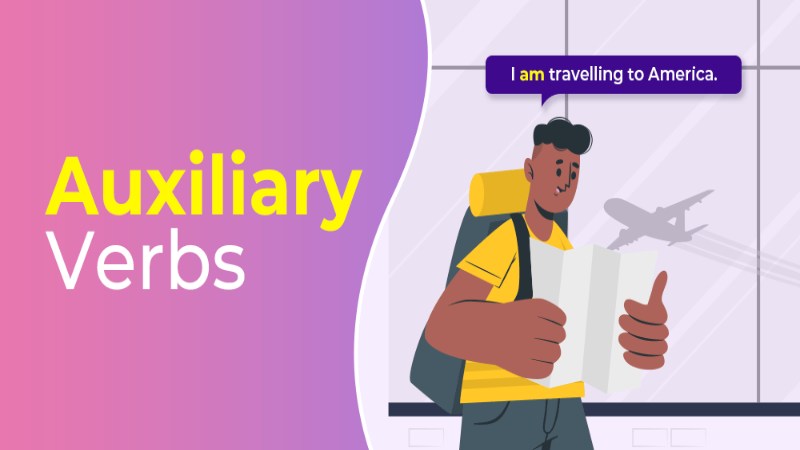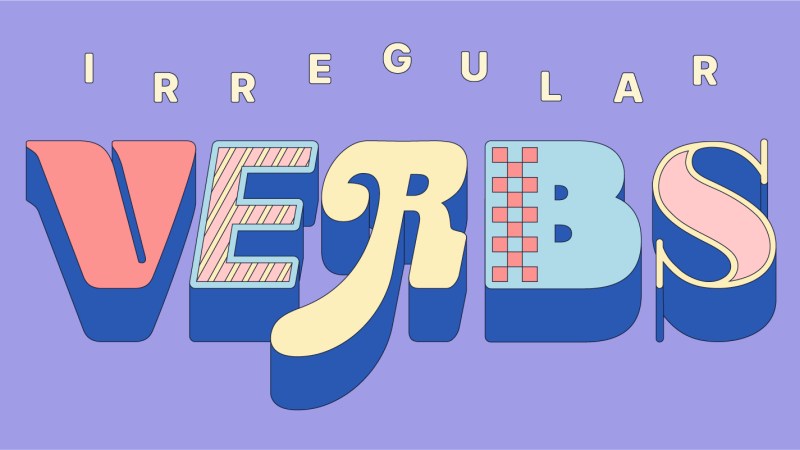
英文问句的形式
| 疑问词 | 助动词 | 主语 | 动词+句子剩余部分 |
| What | do | you | do? |
| Hong long | have | you | been working here. |
| Why | should | I | help you? |
要造一个疑问句,我们需要倒装主语和助动词( be、have 等)或情态助动词( can、could、should 等)。如果句子中没有情态助动词或助动词,我们用 do / does 表示现在或did表示过去。
疑问句后接介系词
在非正式英语或口语中,当疑问词需要介系词时,我们将介系词放在疑问句的末尾(放在动词之后或如果句子中有受词的话,就放在动词+受词之后)。我们不会在句子一开头使用介系词。
What are you talking about? 你在说什么?
Who do you live with? 你和谁住在一起?
在更正式的英语中,介系词可以用在疑问词之前(句首)。比较:
她和谁说话了?
Who did she talk to? (非正式)
To whom did she talk? (更正式)
注意,我们在介系词后使用 whom 而不是 who 。
否定疑问句
我们在疑问句中使用否定动词来问我们说话的对象,确认我们认为是真实的事情。
Don’t you have work to do? 你没有工作要做吗?
Haven’t you already been there? 你还没去过吗?
我们也可以用否定疑问句来表示惊讶或烦恼。
Didn’t you like the film? I think it was amazing. 你不喜欢这部电影吗?我觉得这太棒了。
Haven’t you finished your composition? I gave you two weeks to do it. 你还没写完作文吗?我给了你两个星期的时间。
当我们使用没有动词缩写形式的否定疑问句时,我们应该把 not 放在主语之后。
Did you not enjoy the trip? 你不喜欢这次旅行吗?
Has he not returned your calls yet? 他还没有回你的电话吗?
主语问句
当我们用疑问词如 who , what , which或how much / many 来询问句子的主语时,我们不在疑问词后面使用 do / does 或 did (我们不倒装主语和助动词或情态助动词)。
Who called you last night? 昨晚谁给你打电话了?
Which company won the contract? 哪家公司赢得了合同?
What scares you most in life? 生活中最让你害怕的是什么?
How many people went to class yesterday? 昨天有多少人去上课?
间接或嵌入式问句
当我们想要更有礼貌时,我们通常会使用间接问句。我们以“Can you tell me …? 你能告诉我……吗?” “Could you tell me …?你可以告诉我吗 …?””Do you know …?你知道吗 …?””Would you mind telling me … ? 你介意告诉我……吗?”
What time is it? (直接问句) 几点了?
Could you tell me what time it is? (间接问句) 你能告诉我现在几点吗?
间接疑问句的顺序是主语+动词。
Do you know where I can find a bank? 你知道我在哪里可以找到银行吗? (不能说 where can I find )
Can you tell me what time the shops close? 你能告诉我商店什么时候关门吗? (不能说 … what time do the shops close)
还有其他表达方式遵循相同的规则:
I don’t know what he is doing here. 我不知道他在这里做什么。
I wonder when he will find the truth. 我不知道他什么时候能找到真相。
I’m not sure when I can come. 我不确定什么时候能来。
I’d like to know where you left the documents. 我想知道你把档案放在哪里了。
对于 yes-no 问题(当没有疑问词时),我们可以在间接问句中使用 if 或 whether。
Do you know if/whether he’ll be here soon? 你知道他是否很快会来吗?
英文中不同形式的问句 – 练习题



Comments